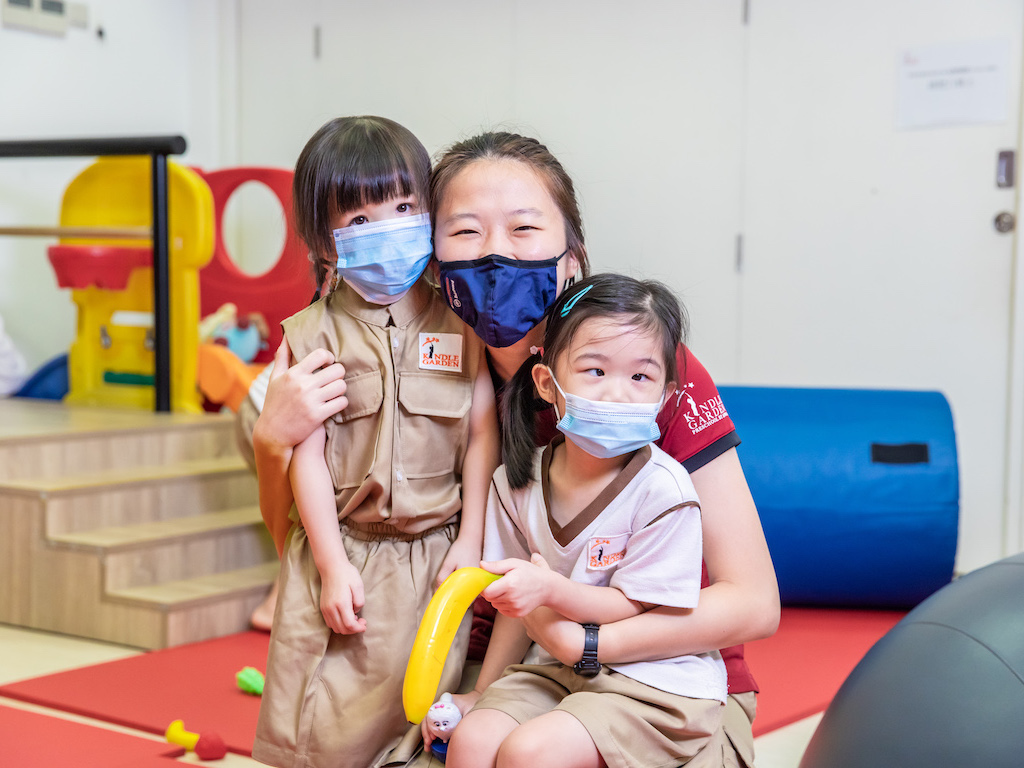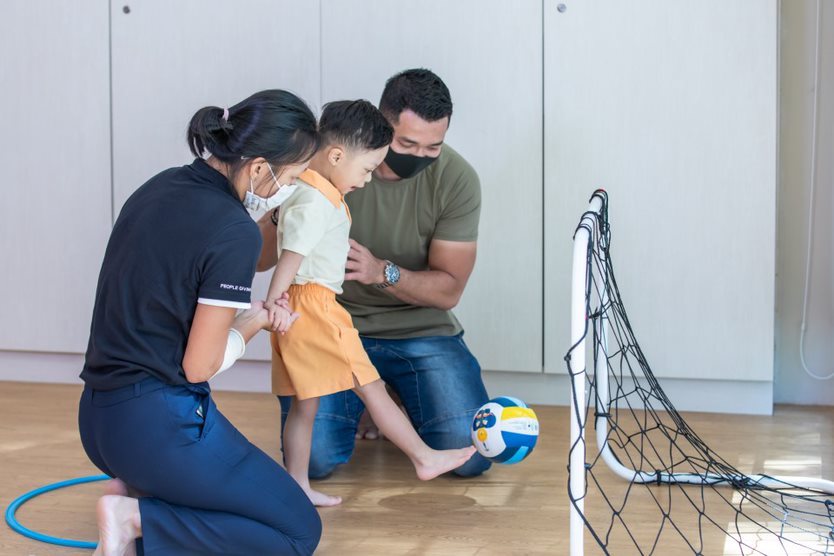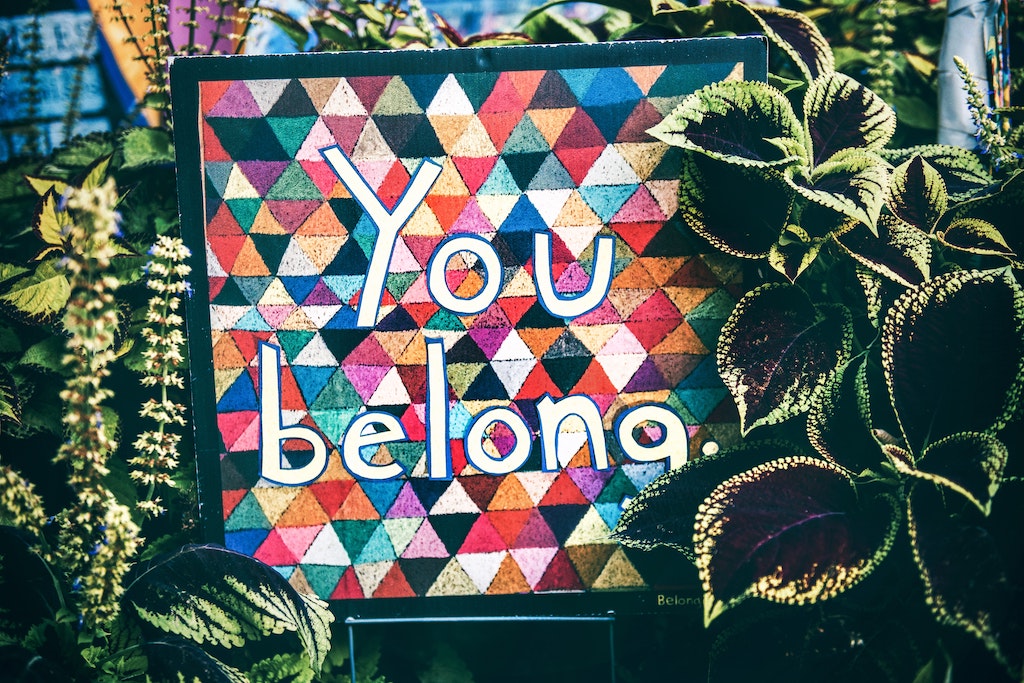SingaporeMotherhood | Parenting
September 2022
Teach Your Preschooler to be Inclusive & Embrace Diversity

As Singapore becomes an increasingly inclusive society, our children are more likely to interact with peers of different needs. If you were to ask your child “how would you play with a classmate who is in a wheelchair, and who cannot move his legs very much?”, what would your child’s reply be? Would they say, “I know how! My friend taught me!” — because your child is in an inclusive preschool, and is used to playing with classmates who are differently-abled? Or because your child has seen how you relate to people who have different needs around you?
Our children are growing up in a world that is more open, more visual, and more ‘out-there’ than before. It’s a world that we may have never imagined being in, one where differences are not hidden, but instead exposed, and celebrated. It’s a world where we are learning to accept that everyone is not the same, and that that’s okay.
As a result, more parents want to expose to, and teach their children about diversity and inclusion. Some feel that this can help build up their child’s EQ (emotional quotient) to meet the challenges of the new century. For others, the desire stems from their own personal parenting values. Whatever the motivation, we now see more families keen to expose, model, or practice being inclusive with their children.
Start during the Preschool Years

Parents, of both typically developing children and children with additional needs, increasingly see the value that more inclusive classroom settings can add to their child’s growth and development. Experts tell us that the preschool years are the best time to introduce a child to diversity, and also where they can benefit from a more inclusive education. Why?
Every child will benefit, both academically and socio-emotionally. Learning to play, live and learn with those different from them gives children a head start in developing 21st century skills such as critical thinking, creativity, and collaboration. Individualised and flexibly-delivered teaching in inclusive settings allows each child to maximise their learning as well.
Inclusive education values children as individuals. It enables them to obtain a sense of belonging, participate actively, and achieve regardless of their differences and abilities. In such an environment, children learn to respect diversity, as well as build empathy. Inclusive education is thus the basic building block of an inclusive society.
Families are often more engaged with and connected through the school. This helps to build strong family bonds that support overall family well-being and the child’s healthy development. Partnerships are created as everyone, at home and in school, has a common focus and shared values – to help the child to grow and thrive.
But apart from enrolling your child in an inclusive preschool in Singapore there are ways that you, as a parent, can nurture the value of inclusiveness and an appreciation of diversity in your child. Here are some tips to get you started.
Teaching Inclusiveness as a Parent/Caregiver
Outside of school, there are many opportunities to encourage inclusive thinking and behaviour. Teach your child that:
1. Being Inclusive is a Way of Life
Through small moments that take place each day, you can model and encourage respectful interactions, for example:
- Listen to your child’s sharing at the end of his or her day. Immerse yourself fully in the moment and try to avoid distractions.
- Thank those who have made a positive impact on your child in front of them, for example, the bus driver who might have helped your child get on the bus. Children learn best from observing what others, especially role models like their parents, do.
- Avoid being too quick to judge when a child or an adult exhibits abrasive behaviour, or when a classmate upsets your child in class. Children will always be children, and there are always learning points from these interactions. Plus, your children are watching and learning from your reactions.
- There may be reasons why others behave in a manner that seems strange to us. Help your child to think through the possible reasons, for example, why their classmate might be having a meltdown in the middle of class. Such exercises will help grow your child’s empathy.
- When you feel that you and your child are ready, take it a step further and brainstorm how they could have helped in such a situation.

2. Being Inclusive begins with a Willingness to Connect
Sharing a few kind words is easy to do. This simple act has the power to build bridges and open doors. While teachers are at the forefront of diversity in schools, parents can play a supporting role by affirming their work. Parents can also approach the school to ask for tips on how they can better engage other classmates or schoolmates who might need an extra helping hand. Work in tandem with the adults and children around your children, and foster close collaboration.
3. Inclusion starts with “I”
Practising patience, forgiveness, and self-care is important in any caregiving role, and even more so when you are trying to be inclusive. Because barriers to inclusion can be systemic or invisible, the process will take time, coupled with continuous self-reflection. This includes, for example, apologising or being vulnerable to your own child if you make a mistake or are rude or inconsiderate. Explain to your child that this is also a new journey for you and that together, there is much you can both learn about being inclusive. Remember that every little step of discovery — even if it comes from a fall or a bump — is a step towards realising a more inclusive world!
Parenting is a life-long journey and ultimately, we want our children to become confident and compassionate individuals in society. As parents, we can set the stage with respect for diversity, and boost our children’s social and emotional skills from young. In doing so we help to form a strong foundation of togetherness, acceptance, and unity in the generation of tomorrow. When we decide to include, everyone wins.
(See also: Want to build an Inclusive Society in Singapore? Start with Children)
This article was contributed by Juliet Tanuwira, Lead, Inclusion Strategy, at AWWA.
Featured image: Courtesy of AWWA, featuring students and teacher in an inclusive preschool.
All content from this article, including images, cannot be reproduced without credits or written permission from SingaporeMotherhood.
Follow us on Facebook, Instagram, and Telegram for the latest article and promotion updates.





